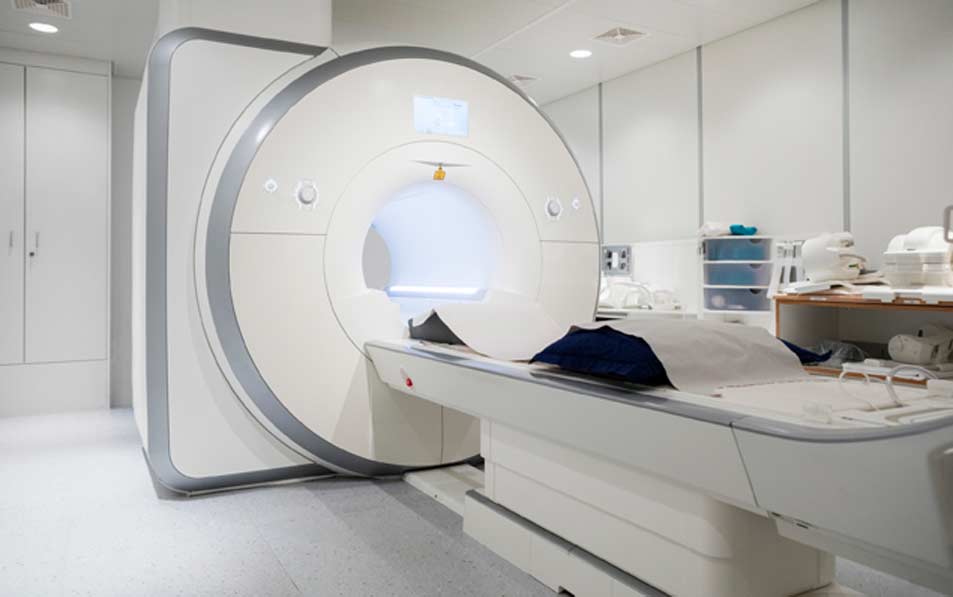
A spigelian hernia is a specific type of hernia in which the protrusion is located through the spigelian fascia.
A hernia is a medical condition characterized by an internal tissue or organ pushing through a neighboring tissue or muscle. Spigelian hernias are so named because the location of the protrusion is the spigelian fascia which is a layer of tissue that separates the rectus and lateral oblique muscles within the abdomen. These are caused by a weak point in the abdominal wall that allows the protrusion.
Although it isn’t always clear what causes the weak point, it is possible for the weak point to be present from birth. There are also a number of risk factors for developing spigelian hernias, including obesity, pregnancy, heavy lifting, certain abdominal conditions or surgeries, straining due to constipation, and frequent coughing.
What Are The Common Symptoms?
Most of the symptoms of spigelian hernias are similar to those of other abdominal hernias. However, with most of the other abdominal hernias, the first symptom that patients notice is the lump. In the case of spigelian hernias, the fact that the protrusion occurs between muscles means that the lump it less likely to ever be visible. The most commonly experienced symptom associated with spigelian hernias is abdominal pain or discomfort. Patients may also become aware that there is a problem if they begin to experience changes in their digestive patterns, such as constipation. For other patients, they may only notice that something is abnormal when they perform certain physical activities that strain the abdomen, such as heavy lifting. Depending on the size and location of the spigelian hernia, it can begin to affect the function of the intestines or other nearby internal organs. If this does occur, the patient may experience severe abdominal pain, constipation, blood in their urine, or nausea.

How Are They Diagnosed?
The diagnostic process for spigelian hernias can be longer than with other types of hernias because the protrusion is often not visible. This means that the symptoms that the patient is experiencing and reporting will probably be vague and only narrow down the search to the abdomen rather than a very specific lump. Once a patient begins experiencing symptoms, they should consult with their doctor and provide a list of their symptoms with as much detail as possible about the location of the pain. The first step is usually an ultrasound, which can usually detect the presence of a spigelian hernia, but it may not rule out other potential concerns. Therefore, the physician will likely also order MRI or CT scans to get a more complete picture of the condition of the abdomen. These hernias have also often been found during other surgeries within the abdomen.
What Are The Treatment Options?
Not all spigelian hernias require treatment, but if they begin to cause excessive pain or prohibit the function of organs, surgery will be required. Laparoscopic surgery involves the surgeon fixing the hernia back into place with either sutures or mesh utilizing a small camera through small incisions. This type of surgery typically has a more favorable outcome and shorter recovery time. However, some patients require open surgery if their hernia is complex or has obstructed an organ.


